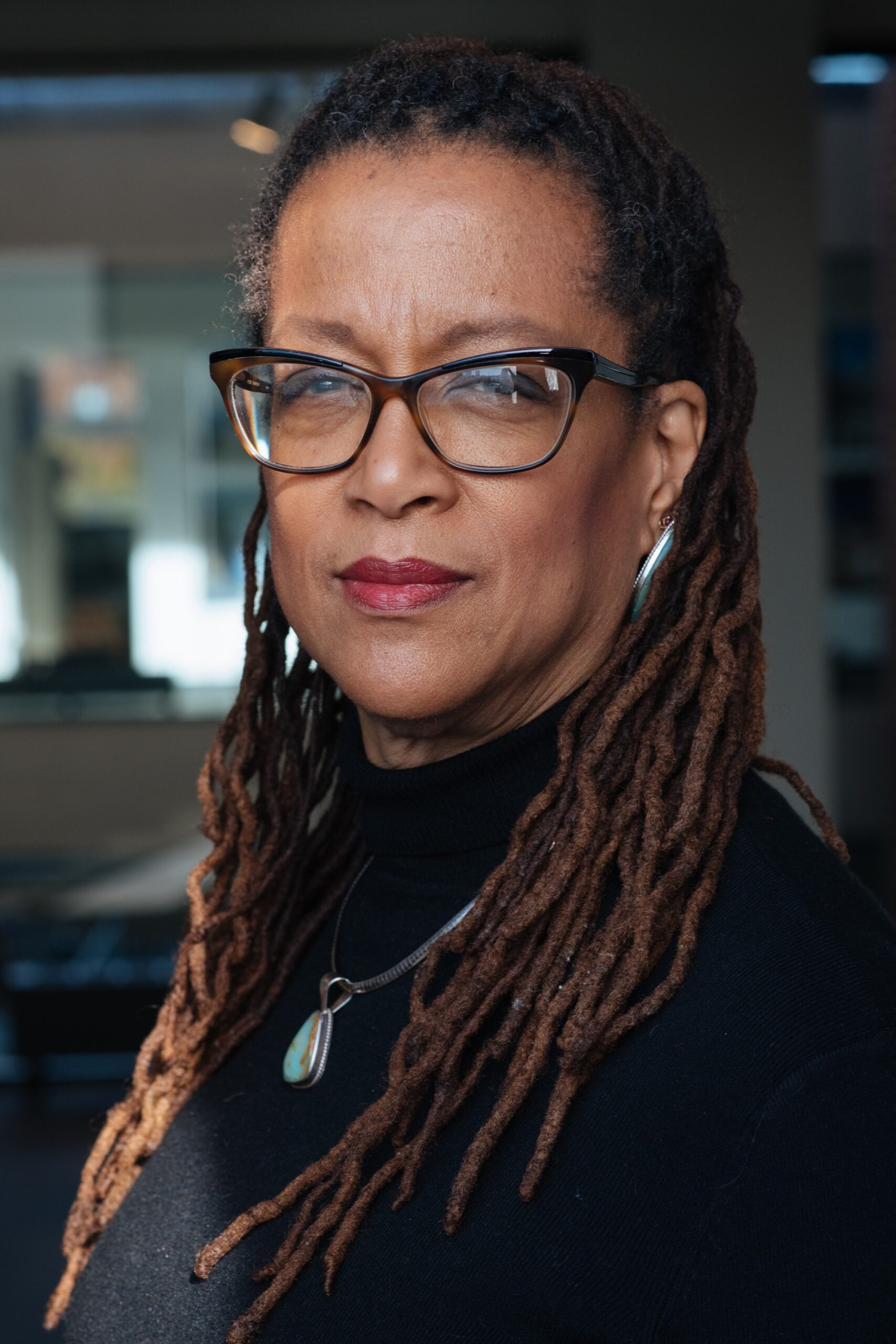Ms. Prigmore has over 40 years of architectural experience as a practitioner, educator, and regulator. Her strong project management skills include an inimitable understanding of the dynamics that facilitate project delivery. Ms. Prigmore has provided design, technical oversight, and project management for award-winning projects of a wide range of sizes, types, and delivery methods – including those with sensitive and classified defense and federal missions. She has overseen project teams with more than 15 consultant firms and up to 200 staff for clients in the federal, defense, civic, and private sectors.
Active in professional and civic affairs, Ms. Prigmore has served on AIA and NCARB committees at the national level that serve to bridge the chasm between education and practice. She has been a member of the American Institute of Architects (AIA) since 1982 and was elevated to Fellowship in 2002. A member of AIADC for 30 years, she transferred to AIANOVA to help develop the Fellows Committee, a position she held for several years while an AIADC member.
Ms. Prigmore is the Founding Collaborator (with Barbara G, Laurie, AIA – deceased) of Riding the Vortex: African American Women in Practice. Beginning in 2007, this initiative provides inspiration, mentoring, and public speaking opportunities for African American women at all levels the profession in venues throughout the United States. Many of the young African American women currently active in the profession are part of the expanding Vortex network. Prigmore, with several others, is in the process of reviving Black Women in Architecture, an organization with its roots in the early 1980s.
Ms. Prigmore served as a Trustee of the Branch Museum of Architecture and Design and as past Chair of the AIA National Ethics Council; National Council of Architectural Registration Boards (NCARB) Committee on Examination; and the Virginia Board for Architects, Professional Engineers, Land Surveyors, and Certified Interior Designers and Landscape Architects.
Awards and honors bestowed upon Ms. Prigmore include a Lifetime Achievement Award – Women of Color Magazine; President’s Medal – NCARB; Outstanding Faculty Member – Howard University College of Engineering, Architecture and Computer Sciences; inclusion in several Marquis Who’s Who publications; and, inclusion among the Outstanding Young Women in America.
Ms. Prigmore is a former Associate Dean and Associate Professor of Architecture for the Howard University School of Architecture and Design. She earned a Bachelor of Science in Building Sciences and a Bachelor of Architecture from Rensselaer Polytechnic Institute, as well as a Master of Science in Engineering from The Catholic University of America. Notably, she was one of the first 20 African American Women registered to practice architecture in the United States, and maintains licenses in Maryland, Virginia, and Washington, DC. Ms. Prigmore is also a LEED Accredited Professional with a Building Design + Construction specialty; an NCARB certificate holder; and a certified Construction Documents Technologist.
Where did you go to college?
1981 Masters in Science in Engineering (Engineering Administration) from the Catholic University of America
1978 Bachelor of Architecture (Anthropology/Sociology minor) Rensselaer Polytechnic Institute
1977 Bachelor of Science in Building Sciences (Architectural History)
What does it take to be an architect of color?
In addition to all that others have written about becoming and being an architect in this compendium, architects of color have to be cognizant of the unconscious biases that continue to prevail in many aspects of the AEC industry. As we have always done, we need to find (and sometimes nurture) a diverse group of allies to support us in our journeys. The good thing is that events of 2020 significantly raised the consciousness of this issue worldwide. AIA National, AIA Virginia and our components have instituted programming to help us maneuver through the painful issues of the past and to formulate solutions for evolving an inclusive future.
What does it take to be an architect principal or architecture program administrator?
Have the courage to reassess the principles, processes, and decision-making guidelines which have historically guided their organizations in order for them to evolve and thrive as inclusive entities.
Was there an architect that particularly inspired you?
Like many of my generation, Frank Lloyd Wright inspired my interest in architectural design. All aspects of his work embody the theory that “form follows function”. The full inclusion of women in his practice continues to give me hope for our profession. Bruce Goff became my favorite designer when I discovered him in college and Zaha Hadid follows closely behind.
I must recognize my mentors, for I would not be the architect I am without their advice and unwavering support, no matter what:
- R. Randall (Randy) Vosbeck, FAIA who hired me in the middle of the 1974 recession and inspired me to serve the profession through the AIA
- Robert Traynham Coles, FAIA (Buffalo, NY, deceased) who gives me the immense courage I needed to challenge the inequities I encounter as I maneuver through the profession
- Harry G. Robinson III, FAIA who introduced me to the worldwide network of African American Architects in practice and academia and to the regulatory aspects of our profession
What are you currently reading?
Cast: The Origins of Our Discontent by Isabel Wilkerson
Tough Love by Susan Rice
How to Prevent and Treat Cancer with Natural Medicine by Dr. Michael Murray
What’s the best meal you’ve ever had?
Tasting Menu with Wine Pairings at LACROIX, Rittenhouse Square, Philadelphia
Why do you volunteer with AIA and NCARB?
To inspire others and to facilitate the positive evolution of our profession.

